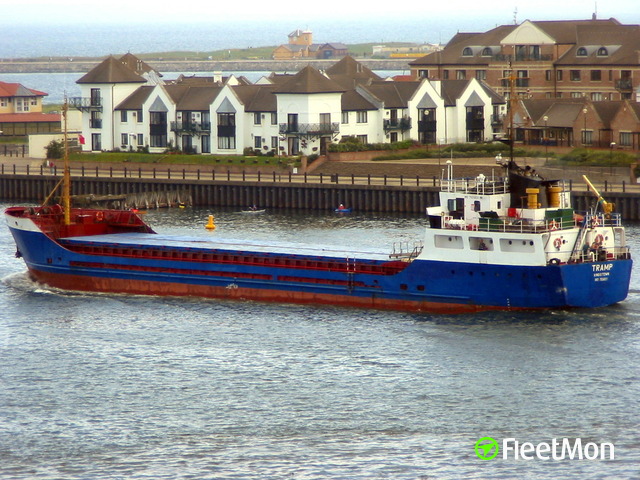
the shipper is called the consignor.Ī freight forwarder is a transport intermediary, who arranges the export of another party’s goods by land, sea or air and “forwards” the goods into the care of the sea carrier. bill of lading or seaway bill) whoever the shipper is in law, to that party.

The carrier will issue the document evidencing receipt of the goods by the carrier (e.g. NVOCC operator may also be contracting for The seller may employ the services of a freight forwarder, who may the legal shipper. Both parties agree on trade terms, which will influence the type, and terms of shipping documents (e.g. The seller and the buyer are the parties contracting with each other for the delivery of the goods. Parties involved in transportation of goods by sea Suezmax 150,000 – 200,000 dwt and she can sail through the Suez Canal when fully loaded.In the dry bulk shipping market the categories are as under: How are ships in the dry bulk and tanker market categorised The master on behalf of the charterers issues the bill of Ship owners normally employ the services of shipbrokers to fix any vessel on time or voyage charter. The ship may simultaneously be employed under a contract of affreightment.Ī tramp vessel will not operate on a fixed route to an advertised schedule, except when time chartered to a liner operator. In both the cases of voyage or time charter, the ship may be sub-chartered by the head charterer to another charterer. The ship may be fixed on a voyage charter market called the spot market or in the time charter market. When a ship is employed in the charter market, some times called a tramp trade, the owner generally intends that she will be fixed by shipbrokers on a succession of charters. The carrier may be a member of a liner conference, consortium, alliance or similar arrangement, or may be a non-conference operator.


The carrier will usually employ liner agents and/or loading brokers in order to canvass for andīook his cargoes. The carrier’s customers are shippers, who may include freight forwarders and non-vessel-operating-carriers (NVOCs) or non-vessel-operating-commoncarriers (NVOCCs) sometimes called non-vessel-owning-common-carriers.Ī carrier may issue a booking note when a cargo booking is made, and will usually issue a bill of lading or a sea waybill, depending on the shipper’s requirements, as a form of receipt to the shipper of each consignment of goods, as evidence of the contract of carriage. The liner vessel’s operator is normally the performingĬarrier or the ocean carrier. The ship’s operator may be the owners or bareboat charterers or time charterers, in which case they will be referred as disponent owners or time-chartered owner. Most liners are container ships, ro/ros or multi-purpose (ro-ro/lo-lo) vessels. Today, very few long-haul passenger liners remain and most passenger ships now operate as cruise ships.Ī liner cargo vessel will accept any suitable cargo, if space permits.

True passenger liners operating on ocean services were mostly displaced in the 1960s by jet airliners. Liner trade is a trade where a ship is operated on one or more fixed routes with advertised and scheduled sailing. What is a liner trade and how is it different from a tramp trade


 0 kommentar(er)
0 kommentar(er)
